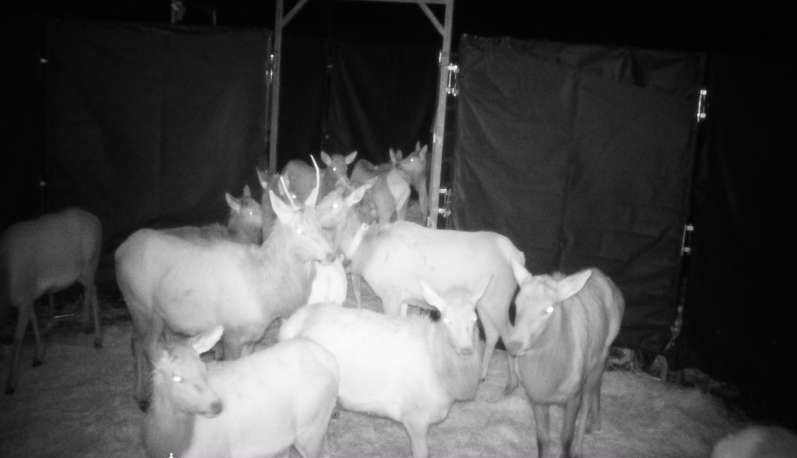Hello Clam Lake!
Hard to believe that a week ago most of our lakes were ice covered, isn’t it? What a change a week can make! Especially in Northern Wisconsin. We’ve gone from tentatively wearing shoes (not boots) outside to shorts and flip flops just like that. Not to mention the random sightings of hummingbirds. Dodo Dumanch, wise soul that she was, always told me when I’d comment on the sudden change in the weather this time of year, “Lynne, it’s always like this. We go from winter to summer.” And we do. Not complaining……
MEETING REMINDERS: The Clam Lake Community Club will be holding their monthly meeting on Thursday, May 12th beginning at 5:00 pm. After a short meeting there will be a Pot Luck followed by some Clam Lake Style Bingo led by Master Bingo Caller Ace Griffaw. Hope to see you there!
WFWA: The West Fork Waterway Association will be having a Board of Directors meeting on Saturday May 21st beginning at 9:00 am. The public are encouraged to attend to learn more about this association that was formed to preserve and protect the historic West Fork Waterway for recreation and public enjoyment of its scenic beauty today and in the future. In accordance with that concept, the WFWA assists the Town of Gordon in maintaining the Dam and the waterway.
SAVE THE DATE REMINDER: On June 22nd Ashland County will be holding their 27th annual Cleansweeps Collection Program. This will take place at the Northwoods Technical College in the south parking lot at 2100 Beaser Ave from 2:00 pm to 6:00 pm. Toxic and hazardous products and items will be accepted. Also accepted are controlled medications and prescriptions and over the counter medications. We’ll trade you “Drugs for Free Donuts” if you bring in your unwanted medications. Sounds like a good deal to me!!!
STILL TIME – ELK CALF SEARCH: There’s still time to call or email if you are interested in participating in the 2022 elk calf search which will take place from May 21st through June 22nd. This is a great opportunity to help with the elk research. After a hiatus of a few years the DNR elk team will once again be going out to collar and monitor the newborn elk calves. This is being done to obtain new data on calf survival rates to compare with data compiled by former elk biologist Laine Stowell. If you wish to volunteer contact Sarah Looman at sarah.looman@wisconsin.gov or call 715-634-7464.
ELK UPDATE: On March 13th a group of 14 elk from the Flambeau River State Forest were captured near Ladysmith to be brought to Clam Lake. Once here, they were kept in a holding pen until their release on the 9th. They were transported in two cattle trailers with one containing 4 elk and the other larger trailer housing 10 elk. The group consists of 1 rag horn, 1 spike, 5 cows and 7 calves (4 male calves and 3 female). One of the cows within the group actually started her life in Clam Lake and was then moved to the Flambeau to help start the herd there. So, she is returning “home”. The reason for the transfer was, once again, due to agricultural problems. It is hoped, as with their predecessors, that they join in with the Clam Lake herd. We welcome them to our forest and hope they settle in. So far, so good regarding previous transfers. (As a side note: With the addition of 25 elk from the Flambeau last year and 14 more this year that brings a total of 39 new elk brought into the Chequamegon over the past two years. Good news!)
ELK FULL CIRCLE: In my column from a few weeks ago I featured a history moment regarding the history of elk in Wisconsin. In it, I talked of how the original elk were brought from Yellowstone National Park in 1913. That group was not successful for a variety of reasons but, unbeknownst to me, elk were also brought to Michigan from Yellowstone at that same time. That group were successful and became the forbearers of the group of 25 that were brought to Clam Lake in 1995 to reintroduce elk to Wisconsin.
Until next week….
Pictured are the elk ready for transport to Clam Lake from the Flambeau in the containment enclosure near Ladysmith. (Photo courtesy of Josh Spiegel DNR Elk Biologist)



